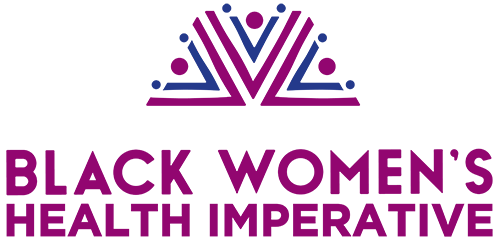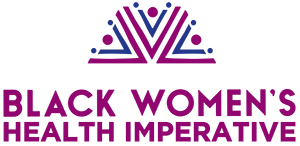Rare Disease Champions On and Off the Court: Celebrate 5 Years of Impact
This week marks the 5th anniversary of our Rare Disease Diversity Coalition (RDDC). What began as a call to action has grown into a national force—powered by over 100 partner organizations, grounded in patient voices, and committed to transforming rare disease care so that it truly works for everyone.
At our recent Capitol Hill briefing, we didn’t start with statistics—we started with stories like the powerful testimony of Diamond DeShields. The WNBA champion and rare disease advocate, opened the briefing by sharing her journey with keratoconus, a degenerative eye disease that went untreated for far too long.
“I’d seen so many doctors up until this point,” she said. “And I lost faith that I was gonna find a real solution.”
Her ultimate relief finally came from a team physician during her time in the WNBA, after years of playing with compromised vision. Watch her story here.
“Diamond wasn’t held back by talent or work ethic,” said Dr. Rutvi Doshi, the physician who ultimately diagnosed her. “She was held back by a system that didn’t see her condition early enough. This is what happens when awareness doesn’t meet access.”
Other speakers shared equally powerful testimonies. Sarah Jones, living with EGPA, described the emotional, physical, and financial burden of visiting over 57 doctors in one year before receiving an accurate diagnosis. Oya Gilbert, a multiple myeloma patient, shared that it was a routine life insurance exam—not his healthcare provider—that uncovered his condition. Hear more from the briefing: https://youtu.be/FL_RgCN2e_Y
“These are not outliers. These are patterns,” said Jennifer Waldrop, Executive Director of RDDC. “Our systems are failing too many people, too often—and RDDC exists to change that.”
RDDC’s groundbreaking report on inequities in rare disease care remains a cornerstone of its strategy—offering a data-driven roadmap for transforming care delivery, research inclusion, and public awareness.
Over the past five years, RDDC has:
- Elevated community and patient voices through national campaigns
- Partnered with researchers and policymakers to reshape systems
- Built a diverse coalition of stakeholders working together for change
- Created tools and resources to empower advocacy at every level
Looking ahead, RDDC remains committed to a simple but profound mission: ensuring that no one is overlooked, dismissed, or delayed when facing a rare disease.
“We are fighting for a future where patients are believed the first time. Where diagnosis comes sooner. Where no one is left behind,” Waldrop said.
For more on RDDC’s fifth anniversary and its work to drive health equity in rare disease care, visit www.rarediseasediversity.org.


